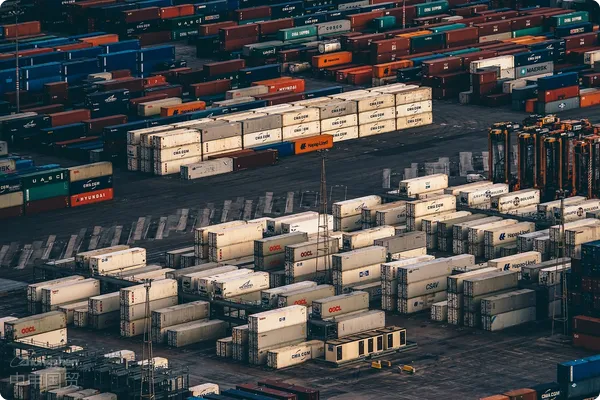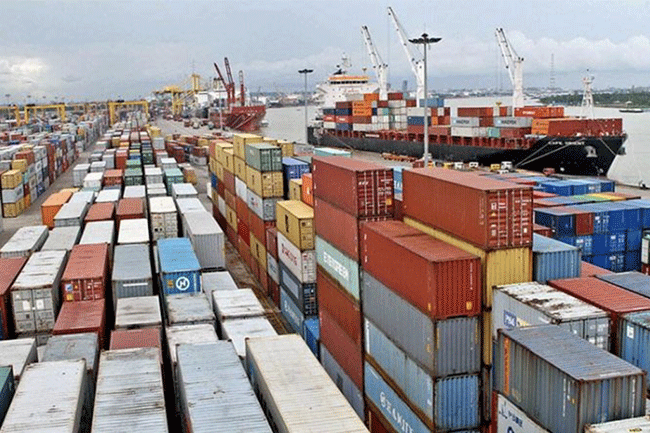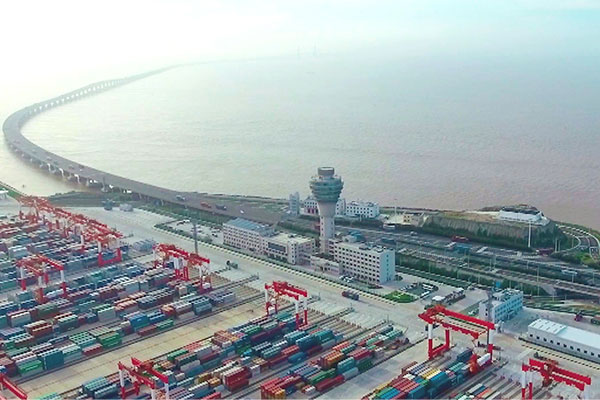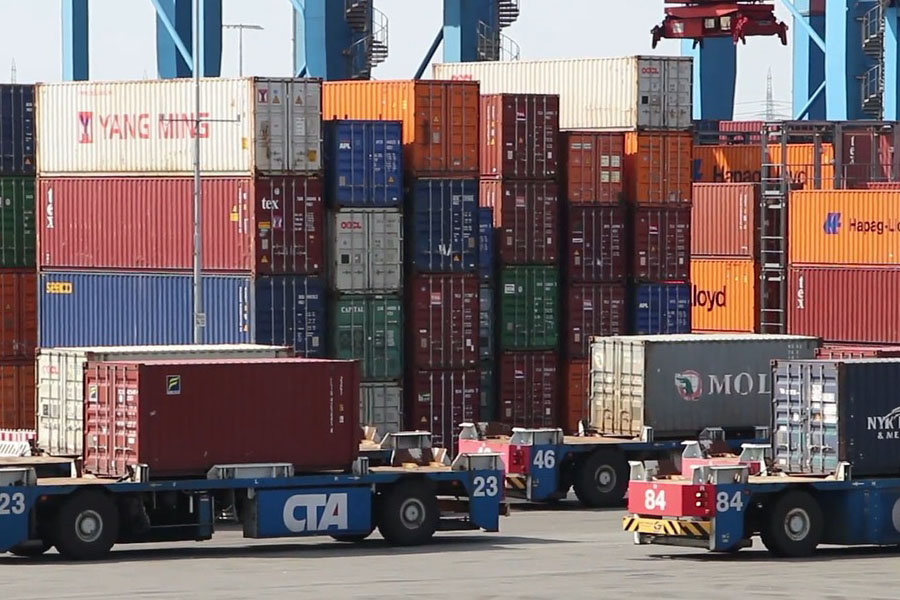- Shanghai Zhongshen International Trade Co., Ltd. - Two decades of trade agency expertise.
- Service Hotline: 139 1787 2118

AgencyExport DrawbackDeclaration is a complex process involving multiple steps and departmental collaboration. Understanding its procedures and steps is crucial for export enterprises, especially those relying on proxy services to obtain export tax rebates. This not only helps ensure companies receive their due rebates smoothly but also guarantees compliance in international trade.
I. Preparation Phase
Collect Basic Materials
– First, the enterprise must provide the agency with complete documentation for the exported goods. This includes the customs declaration form, which serves as a critical export record detailing the goods name, quantity, value, export date, and transportation method. The agency must carefully verify the accuracy of the declaration form, as it is a core document for tax rebate claims.
– The enterprise must also provide value-added tax (VAT) special invoices. These invoices reflect the purchase cost and included VAT, and their details must match the customs declaration form and export sales contract. For example, the goods name, specifications, and quantity must be consistent; otherwise, the tax rebate claim may fail.
– The export sales contract is also indispensable. Its terms—such as price, delivery method, and payment terms—are crucial for verifying the exports authenticity and calculating the rebate amount.
Data Organization and Verification
– After receiving the documents, the agency conducts meticulous data organization. It cross-checks the customs declaration form, VAT invoices, and export sales contract. For instance, it verifies whether the export amount on the declaration form matches the VAT invoices tax-exclusive amount and whether the quantities align.
– For discrepancies, the agency communicates with the enterprise to identify and correct errors. This process demands high accuracy and responsibility, as minor mistakes can jeopardize the rebate claim.
II. Declaration Phase
Enter Declaration Data
– The agency uses a dedicated tax rebate declaration system to input the verified data, including the enterprises basic information (e.g., tax ID, name, customs code), export details (e.g., commodity code, quantity, FOB price), and rebate-related information (e.g., rebate rate).
– After entry, the system performs initial logic checks, such as verifying whether the declared rebate rate matches the commodity code or if the export quantity is reasonable. Errors prompt the agency to make corrections.
Generate Declaration Reports
– Once validated, the system generates rebate declaration reports, such as the Export Goods Tax Rebate Summary and Export Goods Tax Rebate Details. These reports, listing all rebate-related information, are submitted to tax authorities.
– The agency needs to carefully review the generated reports to ensure the data is accurate and consistent with previously entered data and provided original materials.
Review and Feedback Stage
Tax Authority Review
– After the agency submits the generated declaration reports and related materials to the tax authorities, the tax department will conduct strict reviews. Tax auditors will verify the authenticity and completeness of documents such as customs declarations, VAT special invoices, and export sales contracts, as well as the accuracy of declared data.
– The tax authorities may conduct written inquiries for questionable declarations. This involves sending official letters to verify production and sales details with tax departments in the supply enterprises location. This process may take some time, and the agency needs to promptly cooperate by providing required supplementary materials.
Feedback and Adjustments
– If the tax authorities identify issues during review, such as incomplete documentation or data discrepancies, they will provide feedback to the agency. Upon receiving feedback, the agency must make adjustments according to the tax departments requirements.
– For example, if a customs declaration contains incorrect information causing rejection, the agency must communicate with the enterprise and apply to customs for amendment before resubmitting.
Tax Refund Stage
Determining the Refund Amount
– Upon approval, the tax authorities will determine the tax refund amount based on factors like the FOB price of exported goods and refund rates. The agency must verify the accuracy of this amount and communicate with tax authorities if questions arise.
Receiving the Refund
– Finally, the tax department will transfer refunds to the enterprises bank account. The agency must monitor the transfer status and notify the enterprise promptly. The enterprise can use refunds for operations or production expansion.
Conclusion
The agency export tax refund declaration process is rigorous and complex. Agencies play a crucial role by accurately organizing data, handling declarations, and actively cooperating with reviews to help companies successfully obtain export tax refunds. Companies must also prioritize collaboration with agencies by providing accurate and complete documents to ensure a smooth declaration process. As international trade and tax policies continue to evolve, the export tax refund declaration process must also adapt and optimize to meet new requirements.
Related Recommendations
? 2025. All Rights Reserved. Shanghai ICP No. 2023007705-2  PSB Record: Shanghai No.31011502009912
PSB Record: Shanghai No.31011502009912










